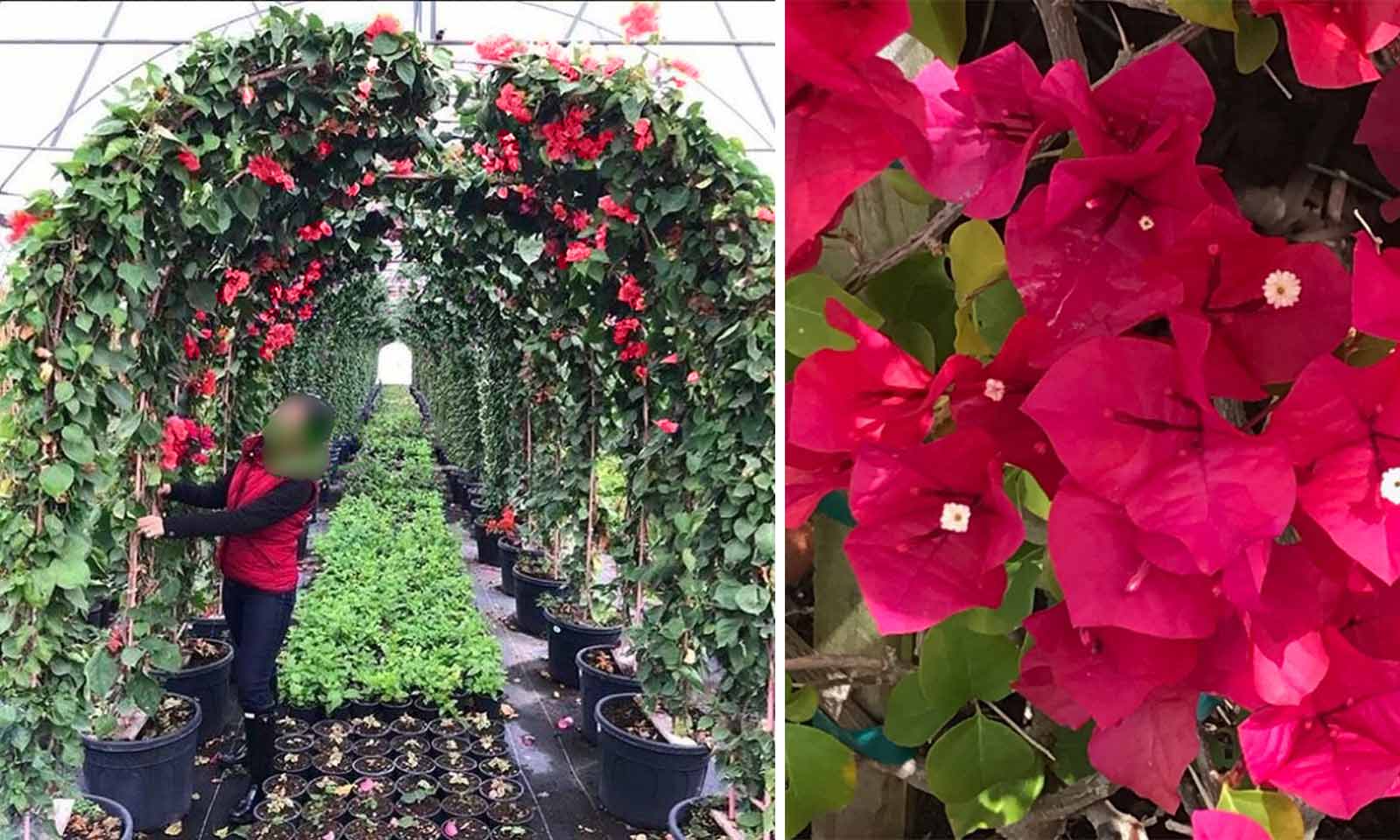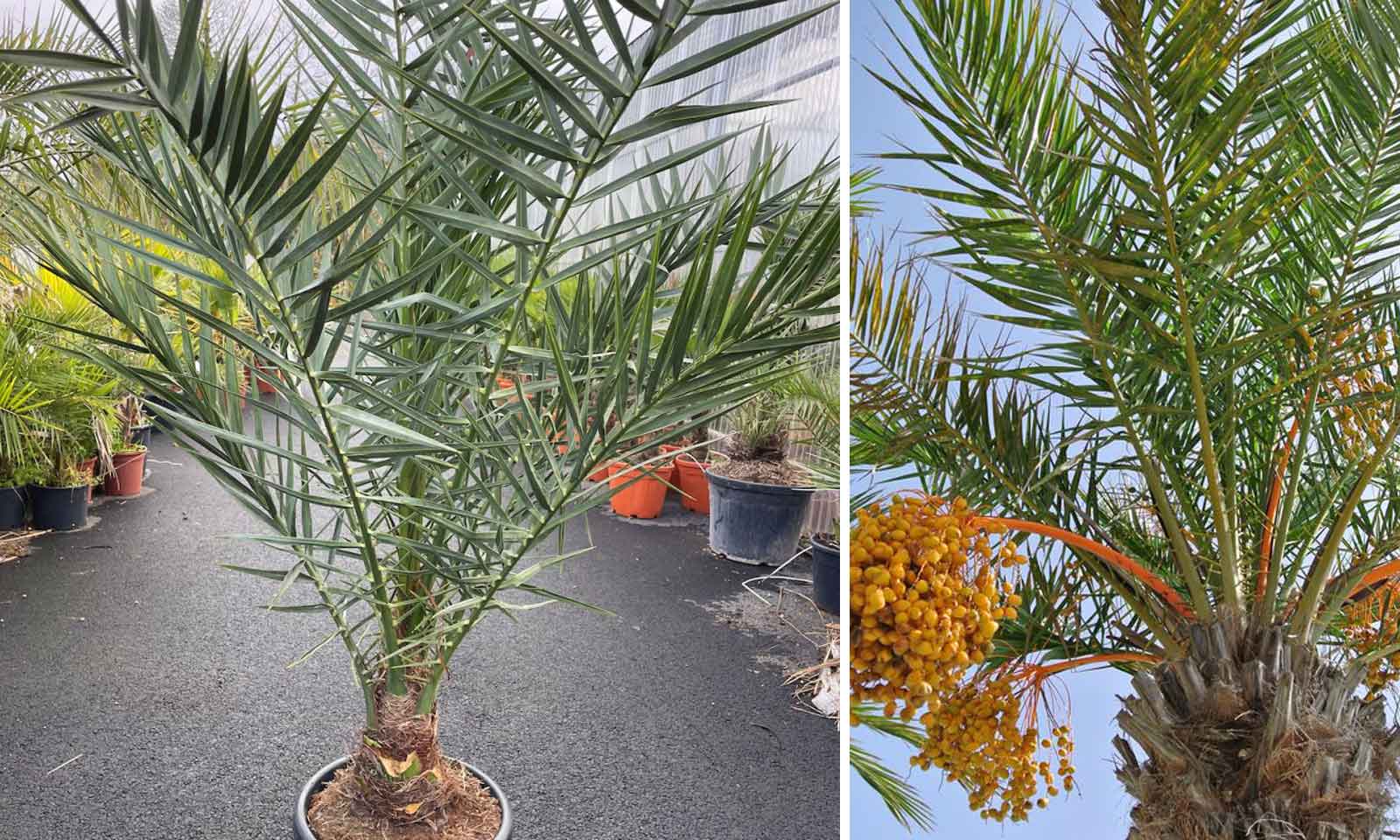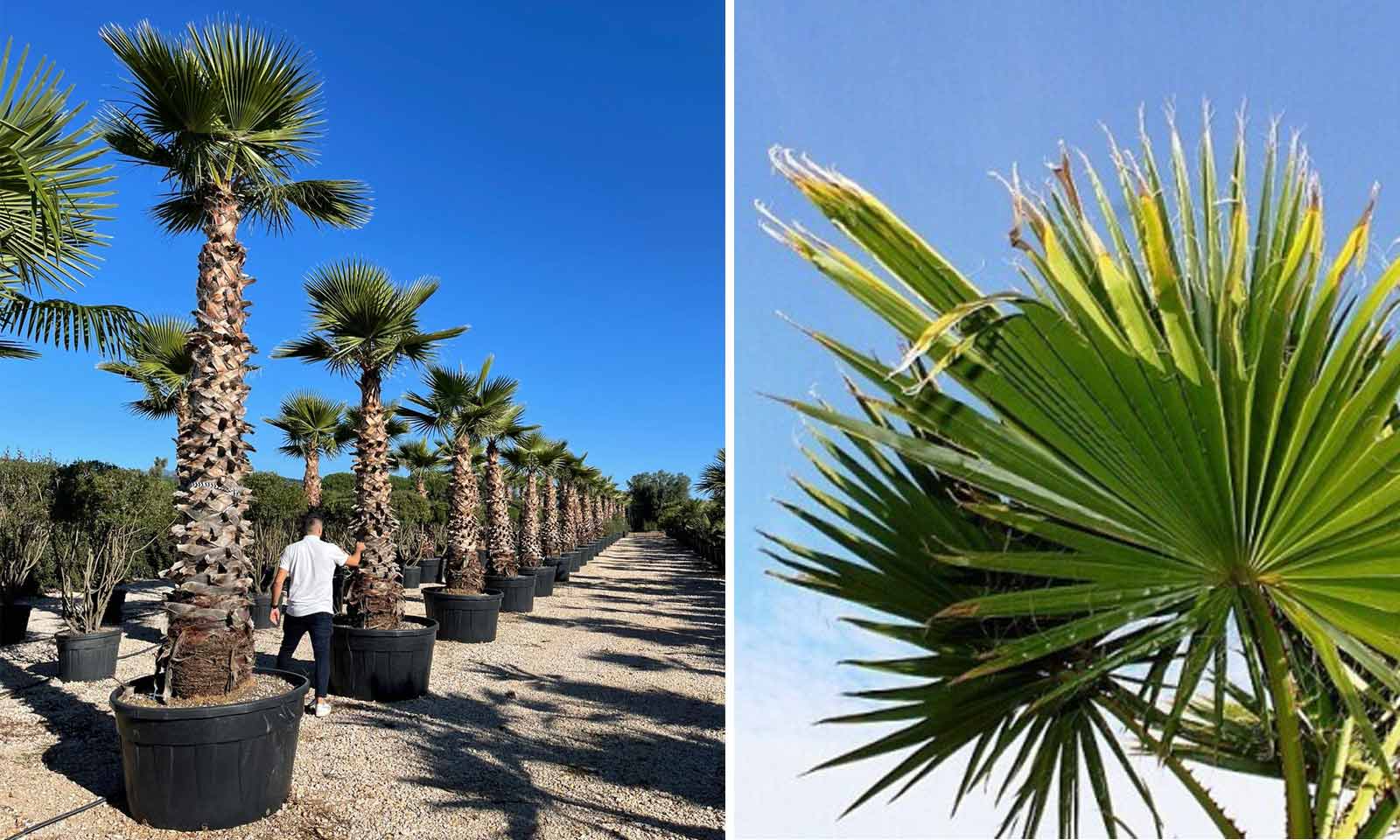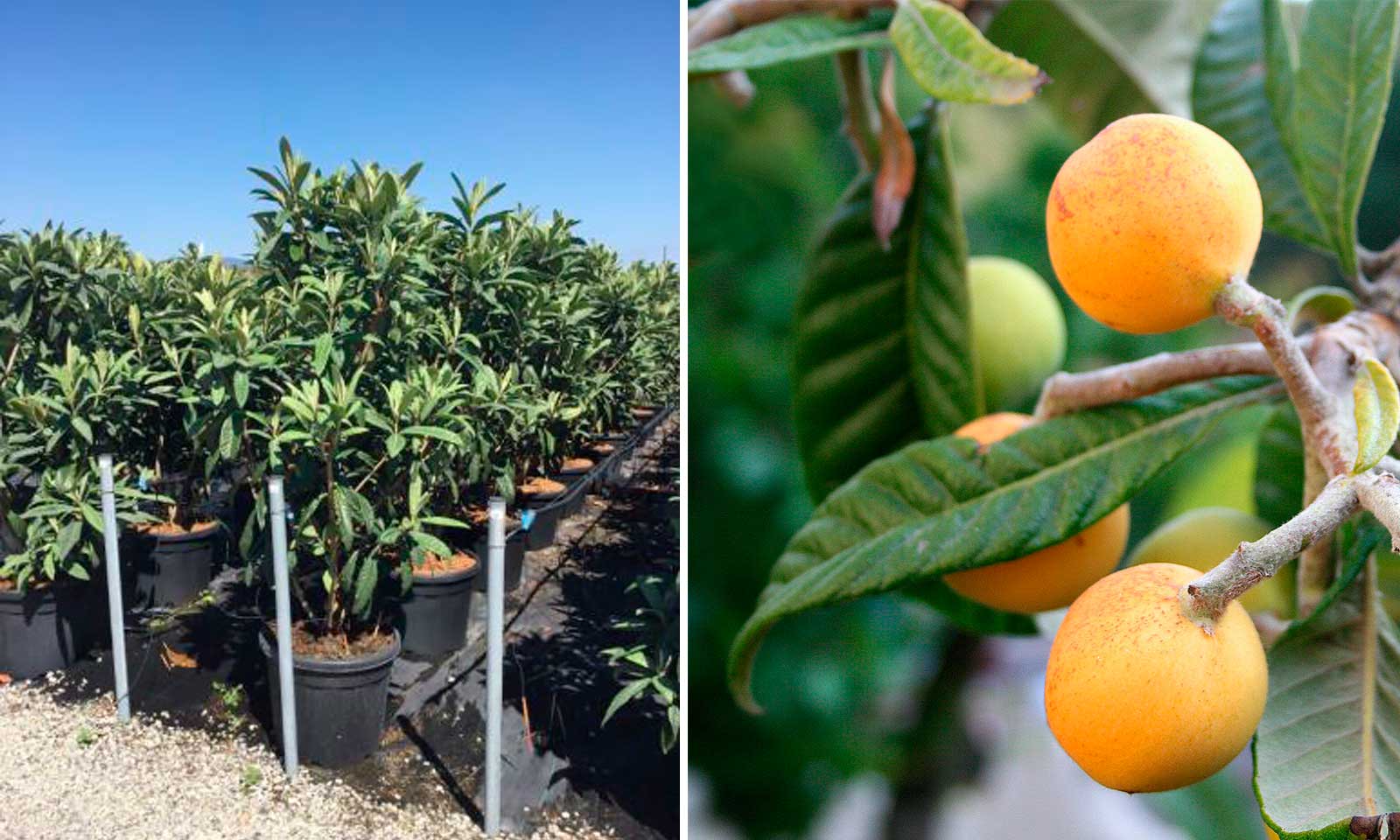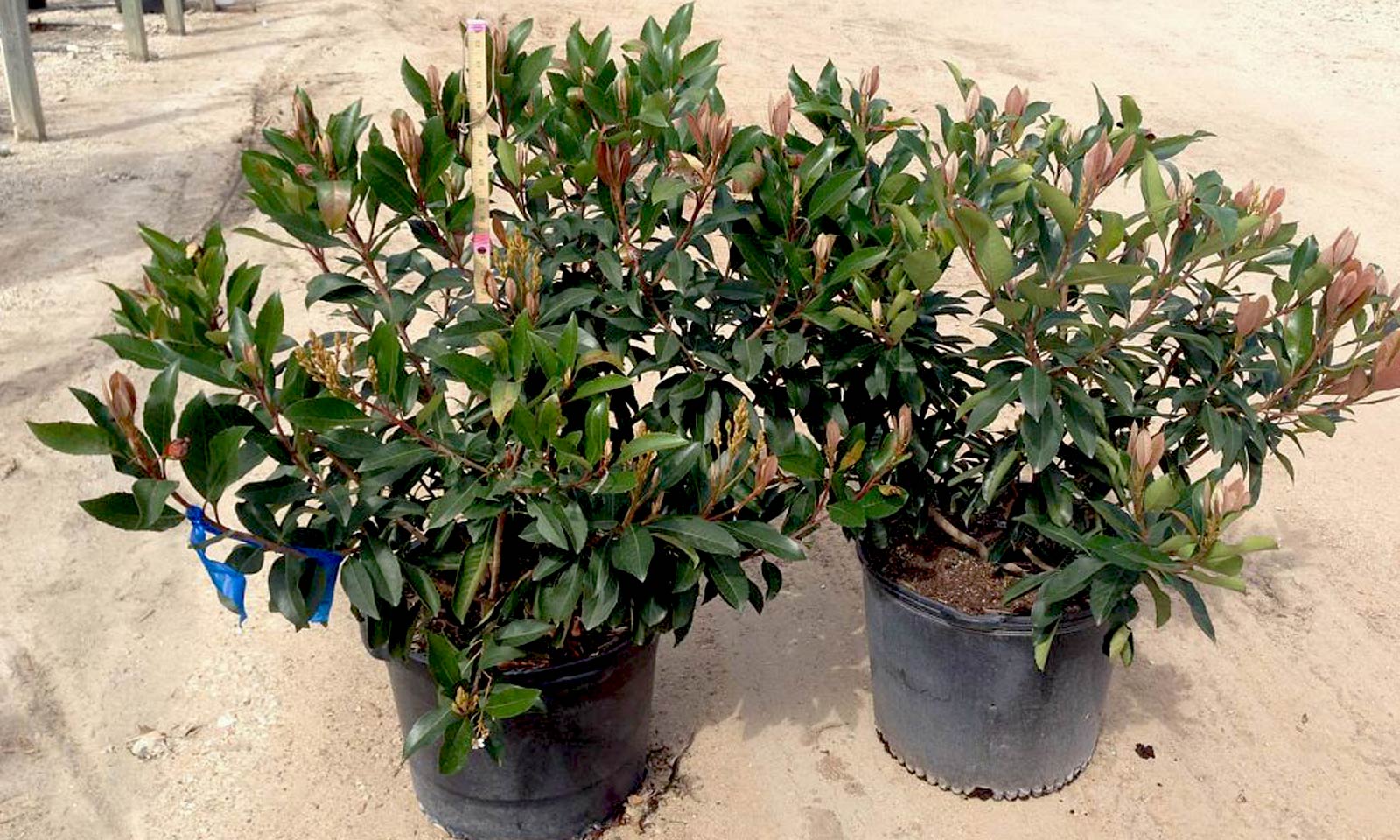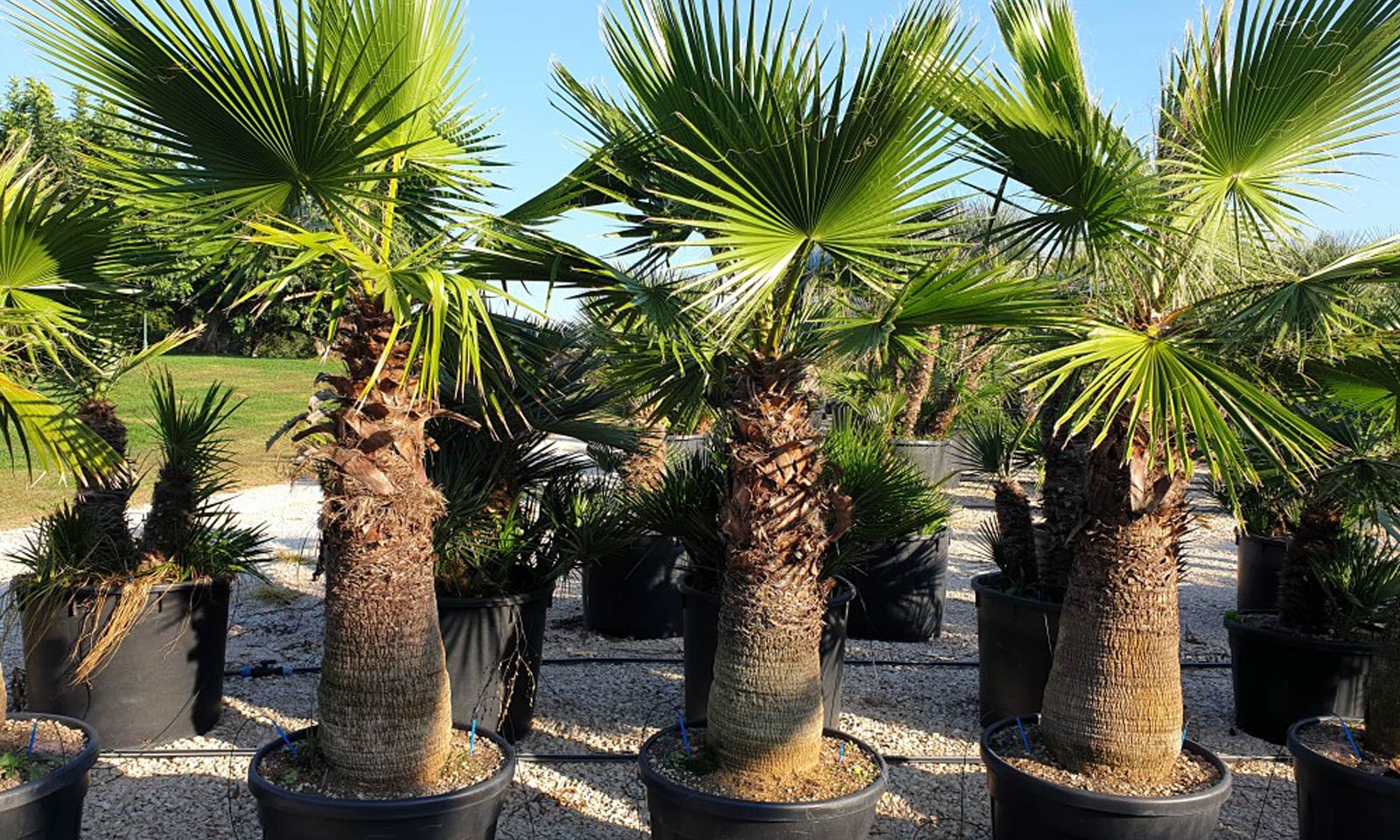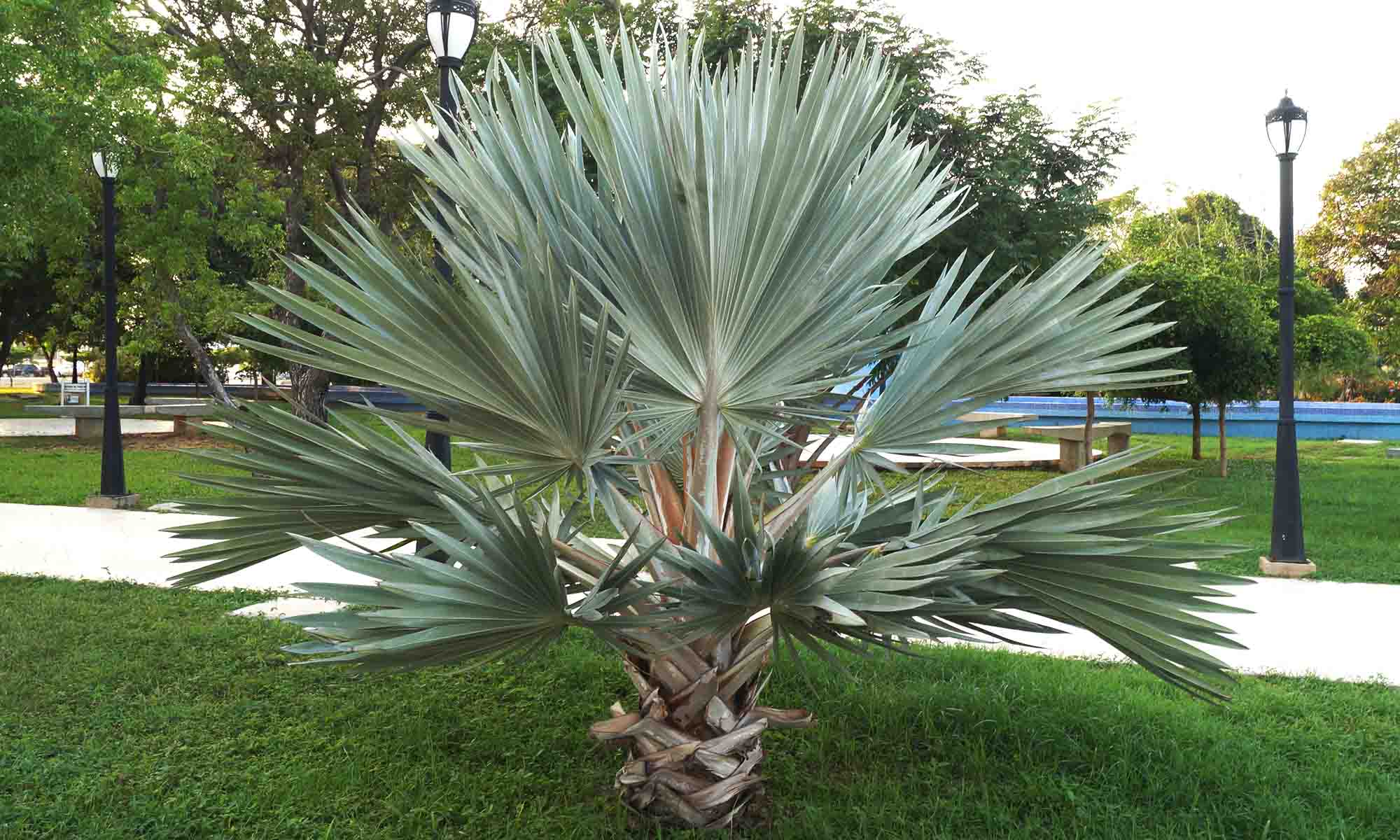Phoenix Dactylifera (Date Palm)
Phoenix Dactylifera, commonly known as the Date Palm, is a majestic and iconic tree renowned for its sweet, nutritious fruit and graceful appearance. Native to the Middle East and North Africa, this palm species has been cultivated for thousands of years for its valuable fruit and versatile uses.
In a garden, the Date Palm serves not only as a source of delicious dates but also as an ornamental focal point, adding a tropical and exotic touch to the landscape. With its tall, slender trunk topped by a crown of gracefully arching fronds, the date palm exudes elegance and beauty.
Product Dimensions
40-60 cm: 10 litre pot, canopy – 30-50 cm (1-1.6 ft);
60-80 cm: 18-25 litre pot, canopy – 30-50 cm (1-1.6 ft);
80-100 cm: 35-40 litre pot, canopy – 40-60 cm (1.3-2 ft);
100-125 cm: 35-40 litre pot, canopy – 40-60 cm (1.3-2 ft);
125-150 cm: 45-55 litre pot, canopy – 50-70 cm (1.6-2.3 ft);
150-200 cm: 65-70 litre pot, canopy – 50-100 cm (1.6-2.3 ft);
200-250 cm: 110-130 litre pot, canopy – 80-120 cm (2.6-3.9 ft);
250-300 cm: 130-150 litre pot, canopy – 100-150 cm (3.3-4.9 ft).
Latin Name: Phoenix Dactylifera
English Name: Date Palm
Species: Arecaceae
Genus: Phoenix
Foliage Type: Evergreen
Foliage: Green
Flower: Yellow
Flowering Period: Spring – Summer
Suggested Location: Outdoor.
Suggested Soil Type: Well-drained. Loam. Sand
Suggested Exposure to Sunlight: Full Sun
Suggested Exposure to Weather: Sheltered
Hardiness Rating: Low (H1A)
Lowest Temperature Tolerance: > 0 °C (> 32 °F)
Growth Habit: Bushy
Pests: May be susceptible to glasshouse red spider mite and scale insects
Diseases: Generally disease-free
Cultivation: Under glass, grow in loam-based potting compost in full light. Water freely in growth and apply a balanced liquid fertiliser monthly; water sparingly in winter. See palm cultivation indoors for further information
Propagation: Propagate by seed or suckers
Pruning: No pruning required
Suggested planting locations and garden types: Architectural Patio & Container Plants City & Courtyard Gardens Coastal
Final Height: Higher than 12 metres (39.3 ft)
Final Sideways Spread: 2.5 - 4 m (8.2 - 13.1 ft)
Delivery Cost: This is calculated based on the total size, weight and quantity of your order, as well as the location of your delivery address. You will see the final price at the Online Checkout Page (before making payment). Our website will automatically calculate the lowest possible delivery price and apply discounts to orders of certain products – giving you the best value delivery every time!
Please note that high-volume orders will decrease your delivery costs significantly by spreading the price across multiple items. Visit our Delivery Policy page for more information.
